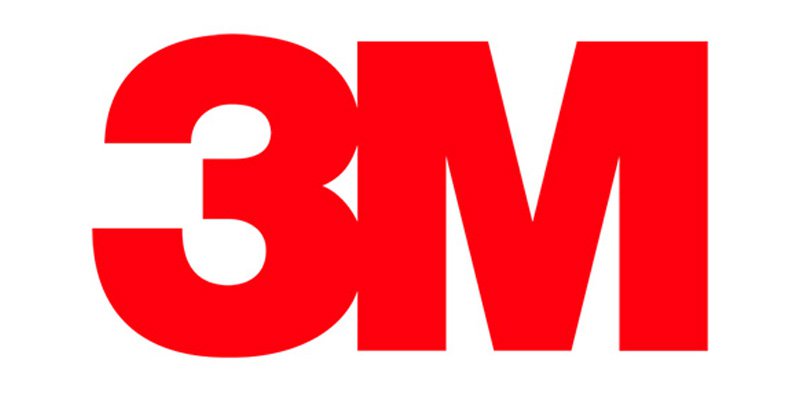“If at first you don’t succeed, try, try, try again.” Clichés are clichés for a reason—they’re usually true. And that is certainly the case with this one.
Even the brightest among us rarely gets something right on the first try. The Wright Brothers tested over two hundred different types of wings before finding the right fit for their glider—the early model for what would eventually become the blueprint for the modern-day airplane. Thomas Edison conducted at least 2,000 different experiments before his pioneering bamboo lamp was ready for mass production. Author J.K. Rowling’s epic best-selling Harry Potter series was rejected by 12 different publishers before one finally took a chance on her.
What if the Wright brothers had given up on finding the right wings? What if Edison had stopped after the 500th experiment? What if Rowling decided she couldn’t publish Harry Potter and the Sorcerer’s Stone after her first rejection letter?
No matter the industry, one thing successful individuals and companies seem to have in common is a willingness to fail. And then, to try again. With how the technology industry is today, this willingness to get it wrong until you get it right has never been more crucial.
Successful Companies Have This One Thing In Common
2020 Economic Outlook Conference
The Woodlands Area Chamber of Commerce
Thank you to every who participate in our Share & Win Sweepstakes.

Technology is Changing
Technology is constantly changing. It isn’t like learning the piano, where you can take lessons for a period of time, learn the basics, and then know that every time you sit down to play, the same keys will make the same sound. With the wave of rapid changes in technology, it would be more like learning a few notes, knowing that tomorrow those keys will play something different, and you will need to learn the notes all over again.
We don’t say this to discourage you. In fact, this rapidly changing industry creates more opportunities than closed doors. If systems are always changing and updating, you don’t have to be an expert at a certain software to use it. You don’t need a degree in computer science to experiment. If everything is changing, everyone is trying to keep up and, therefore, anyone can learn.
If you want your business to succeed, you have to implement the technology that will support its growth, and if you want to understand the latest technology, you have to do what Wright, Edison, and Rowling did. Experiment and try until you get it right.
Many of the concerns we hear from new clients center around the fear that they won’t know how to utilize or implement the new technology we’re suggesting. As with anything new, there is a learning curve, but with new technology, it’s more a matter of getting to know one system than all underlying systems. You don’t have to be a programmer. You just have to be curious. Or as Jeff Bezos, CEO of Amazon, has reportedly said, experiment: “If you double the number of experiments you do per year, you’re going to double your inventiveness.” This is something worth listening to from the CEO of a company that started out selling books online and eventually invented the Amazon Echo, the best-selling smart home device in the U.S.
Amazon didn’t make this leap by keeping it safe and not trying new things. They were willing to experiment—even if that meant conducting over 2,000 experiments on the same device—in order to learn and get it right.
When it comes to technology for your company, you don’t have to get it right the first time. Try something new and, as this technology writer says, “Click all the buttons.”
If you need some inspiration, FastCompany recently released a list of the 50 most innovative companies to work for in the U.S. The following ranking companies have uniquely cultivated innovation-friendly environments:

3M, a manufacturing conglomerate in Maplewood, Minnesota, encourages its employees to spend 15% of their work time on outside projects to help keep the creative juices flowing.

Activision Blizzard, a video-game publisher in Santa Monica, California, conducts a semiannual innovation challenge, where employees team up and work on solving a problem the company is currently facing using a $5,000 budget.

Amazon encourages any of its employees who have a big innovation idea to implement it via their “working backward” process, where they work on their pitch, a mock press release and get feedback from other departments before actually building their project. This is how Amazon Prime started.
How could you encourage innovation at your company?
How could you implement it for yourself?
What is holding you back from new technology?
Do you need to keep clicking the buttons, keep experimenting, keep trying?
Remember, if this statement is true: If at first we don’t succeed, try, try, try again. Then this must also be true: If you’ve succeeded, you’ve tried, again and again.

